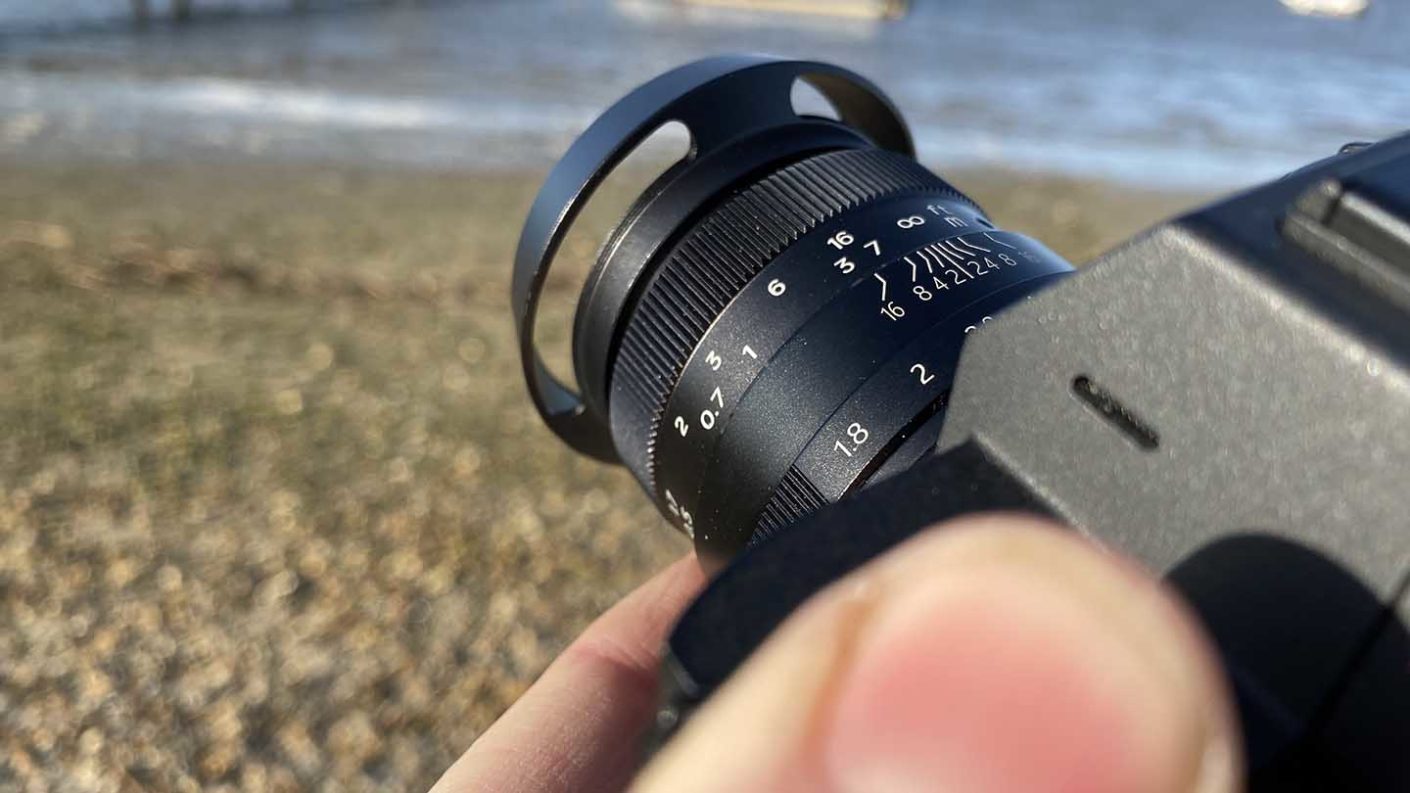A 50mm lens is one of the staples of many photographers’ kit bags, yet ’50mm’ means different things depending on your camera.
Using a 50mm lens on a full-frame camera gives you a perspective similar to your own eyesight.
Human eyes have an angle of view that is roughly equivalent to 50mm on 35mm (full-frame format). This means using a 30mm or 35mm lens on an APS-C format camera, or a 25mm lens on a Micro Four Thirds body.
Put that same 50mm lens on an APS-C format camera and your effective focal length will be about 75mm.
And on a Micro Four Thirds camera, expect that 50mm lens to provide an equivalent focal length of about 100mm.
Using a lens with an effective focal length of 50mm enables you to compose images more easily in your mind as the framing is close to what we see.
01 Capture fast-moving subjects
Many 50mm lenses feature fast apertures of f/1.8 or even lower. Shooting at lower f stops (wider aperture) means you can achieve faster shutter speeds. This means a nifty fifty is an ideal lens for photographing fast-moving subjects.
Now, a fixed wider focal length might not be ideal subjects like sport or wildlife, but a 50mm lens is great for photographing kids or even pets.
02 Be aware of depth of field
The temptation is to shoot as wide as possible when you have that really fast aperture at your disposal, but you need to remember that shooting wide open means very shallow depth of field.
If your 50mm lens has a maximum aperture of f/1.4, for instance, then very little in your frame will be in focus. This can be great for dramatic effects, such as isolating a subject’s eyes. But it really depends on your subject.
Does the story you’re telling with your image need more depth of field to have impact? This is something to think about before dialling in your aperture setting.
03 Focus manually
One of the great benefits of a fast 50mm lens is that you can achieve that beautiful, soft background blur that sets your subject apart from the background.
Shooting up close emphasises this even more, but when shooting at close distance sometimes your AF system can struggle to find its target.
To this end, switching to manual focus and adjusting the focus ring until you get your subject’s eyes in focus is your safest bet.
04 Ideal for street photography
A 50mm lens is perfect for street photography. Its focal length allows you to get close to your subjects and fill the frame for more intimate images.
But it also gives you the flexibility to step back from a scene and capture a wider environmental context, which is often essential to street photography.
For this reason, a 50mm lens is also one of the best lenses to pack for your travels, and it’s compact size means it won’t take up much space in your bag.
05 Experiment with compositions
One of the benefits of using prime lenses is that their fixed focal lengths force you to move around and get creative with your compositions, trying angles of view you might normally bypass.
And because a 50mm, as we alluded to above, allows for tighter crops but also lets you step back to take a wider view, it’s one of the best prime lenses in terms of versatility.
06 Built for low light
An f/1.8 aperture is pretty typical for a 50mm lens, which means that all the extra light it allows in will help you shoot at faster shutter speeds in low light.
If you’re shooting street or travel photography, you probably won’t have a tripod with you, so this can make all the difference.
07 Affordability
There are all the reasons above that we listed to buy a 50mm lens for your photography, but the other great thing is that they are typically very affordable!
Whatever camera system you’ve bought into, you can usually buy a fast 50mm for less than £200 / $300. Why are ‘nifty fifty’ lenses so cheap? Because they are cheaper to produce, manufacturers don’t need to inflate the price to make their margin.
For this reason, a 50mm lens is the ideal ‘next lens’ to buy if you’re looking to graduate from your standard 18-55mm kit lens.





Leave a Reply